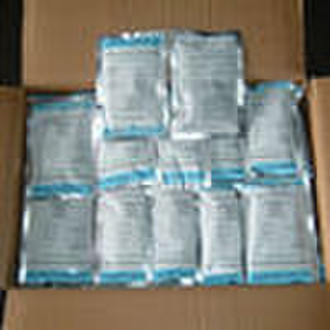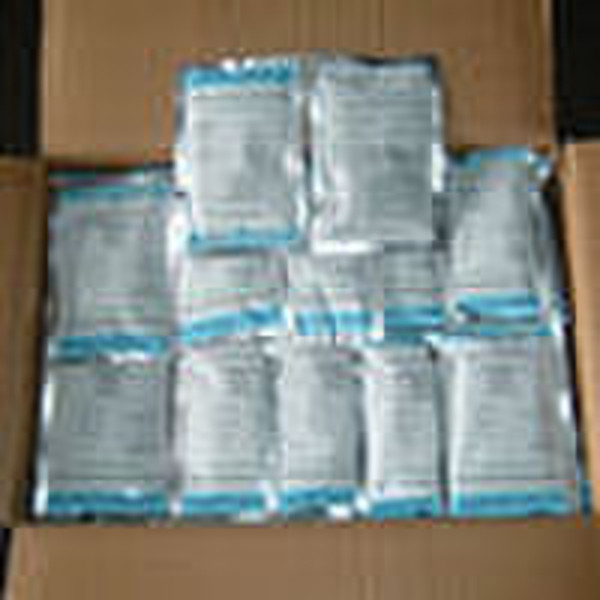Catalog
-
Catalog
- Agriculture
- Apparel
- Automobiles & Motorcycles
- Beauty & Personal Care
- Business Services
- Chemicals
- Construction & Real Estate
- Consumer Electronics
- Electrical Equipment & Supplies
- Electronic Components & Supplies
- Energy
- Environment
- Excess Inventory
- Fashion Accessories
- Food & Beverage
- Furniture
- Gifts & Crafts
- Hardware
- Health & Medical
- Home & Garden
- Home Appliances
- Lights & Lighting
- Luggage, Bags & Cases
- Machinery, Hardware & Tools
- Measurement & Analysis Instruments
- Mechanical Parts & Fabrication Services
- Minerals & Metallurgy
- Office & School Supplies
- Packaging & Printing
- Rubber & Plastics
- Security & Protection
- Service Equipment
- Shoes & Accessories
- Sports & Entertainment
- Telecommunications
- Textiles & Leather Products
- Timepieces, Jewelry, Eyewear
- Tools
- Toys & Hobbies
- Transportation
Filters
Search
Lambda-Cyhalothrin

David Meng
Contact person
Basic Information
| Classification | Insecticide |
|---|---|
| CAS No. | [91465-08-6] |
| MF | C23H19ClF3NO3 |
| Place of Origin | China (Mainland) |
| Purity | Lambda-Cyhalothrin 95%98%TC(technical) |
Detailed Product DescriptionLambda-cyhalothrin 95%TC(technical) Lambda-cyhalothrin 2.5%EC(25G/L);5%EC(50G/L);10%EC(100G/L) Lambda-cyhalothrin 10%WP 15%WP 20%WP 25%WP Classification: Insecticide Common name lambda-cyhalothrin (BSI, draft E-ISO); lambda-cyhalothrine ((f) draft F-ISO)IUPAC name A reaction product comprising equal quantities of (S)-a-cyano-3-phenoxybenzyl (Z)-(1R,3R)-3-(2-chloro-3,3,3-trifluoroprop-1-enyl)-2,2-dimethylcyclopropanecarboxylate and (R)-a-cyano-3-phenoxybenzyl (Z)-(1S,3S)-3-(2-chloro-3,3,3-trifluoroprop-1-enyl)-2,2-dimethylcyclopropanecarboxylateRoth: (S)-a-cyano-3-phenoxybenzyl (Z)-(1R)-cis-3-(2-chloro-3,3,3-trifluoropropenyl)-2,2-dimethylcyclopropanecarboxylate and (R)-a-cyano-3-phenoxybenzyl (Z)-(1S)-cis-3-(2-chloro-3,3,3-trifluoropropenyl)-2,2-dimethylcyclopropanecarboxylate (1:1) Chemical Abstracts name [1a(S*),3a(Z)]-(?-cyano(3-phenoxyphenyl)methyl 3-(2-chloro-3,3,3-trifluoro-1-propenyl)-2,2-dimethylcyclopropanecarboxylateCAS RN [91465-08-6] Formulation types: CS; EC; EW; UL; WG; WP. Molecular formula: C23H19ClF3NO3 Molecular weight: 449.9 Properties: Colourless solid; (tech. is a dark brown/green solidified melt).Toxicity: Oral Acute oral LD50for male rats 79, female rats 56. Skin and eye Acute percutaneous LD50for rats 632-696 mg/kg. Mild eye irritant; non-irritant to skin (rabbits). Not a skin sensitiser (guinea pigs). Inhalation LC50(4 h) for rats 0.06 mg/l air (total particulate). NOEL (1 y) for dogs 0.5 mg/kg daily. ADI 0.005 mg/kg. Other Non-mutagenic in the Ames test. Toxicity class WHO (a.i.) II; EPA (formulation) II ('Karate', 'Warrior') EC classification T+; R26| T; R25| Xn; R21| N; R50, R53 Uses: Non-systemic insecticide with contact and stomach action, and repellent properties. Gives rapid knockdown and long residual activity. Control of a wide spectrum of insect pests, e.g. aphids, Colorado beetles, thrips, Lepidoptera larvae, Coleoptera larvae and adults, etc., in cereals, hops, ornamentals, potatoes, vegetables, cotton, and other crops. Provides good control of insect-borne plant viruses, at 2-5 g/ha. Also used for control of insect pests in public health Packing: According to the customer's request
Delivery terms and packaging
Port: Any port in China
Payment term
Letter of credit
Telegraphic transfer
Western Union
-
Payment Methods
We accept:









